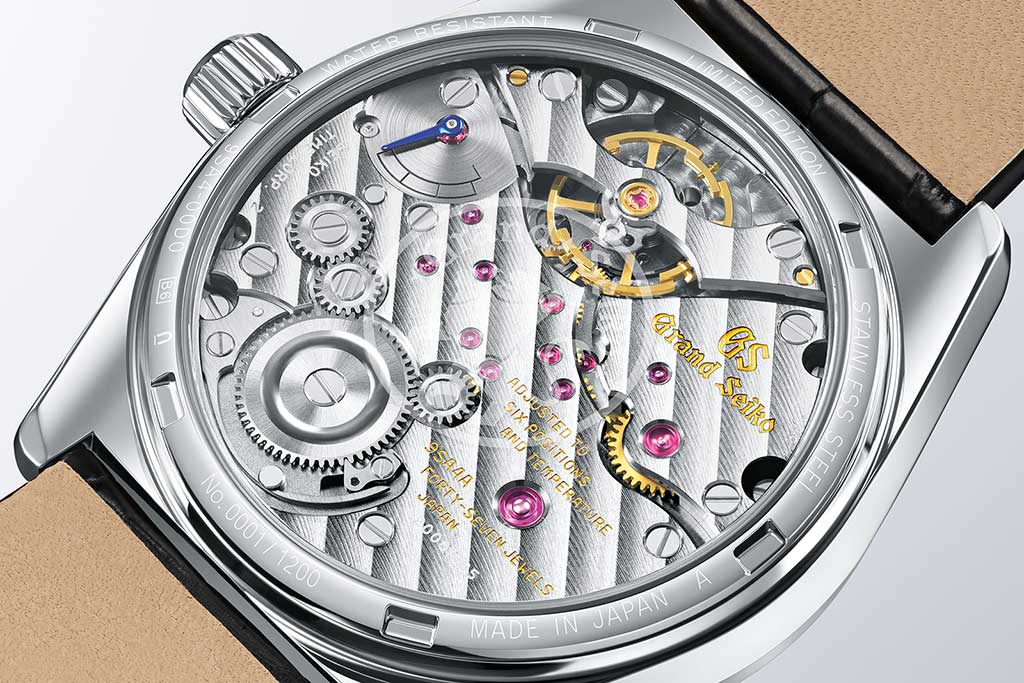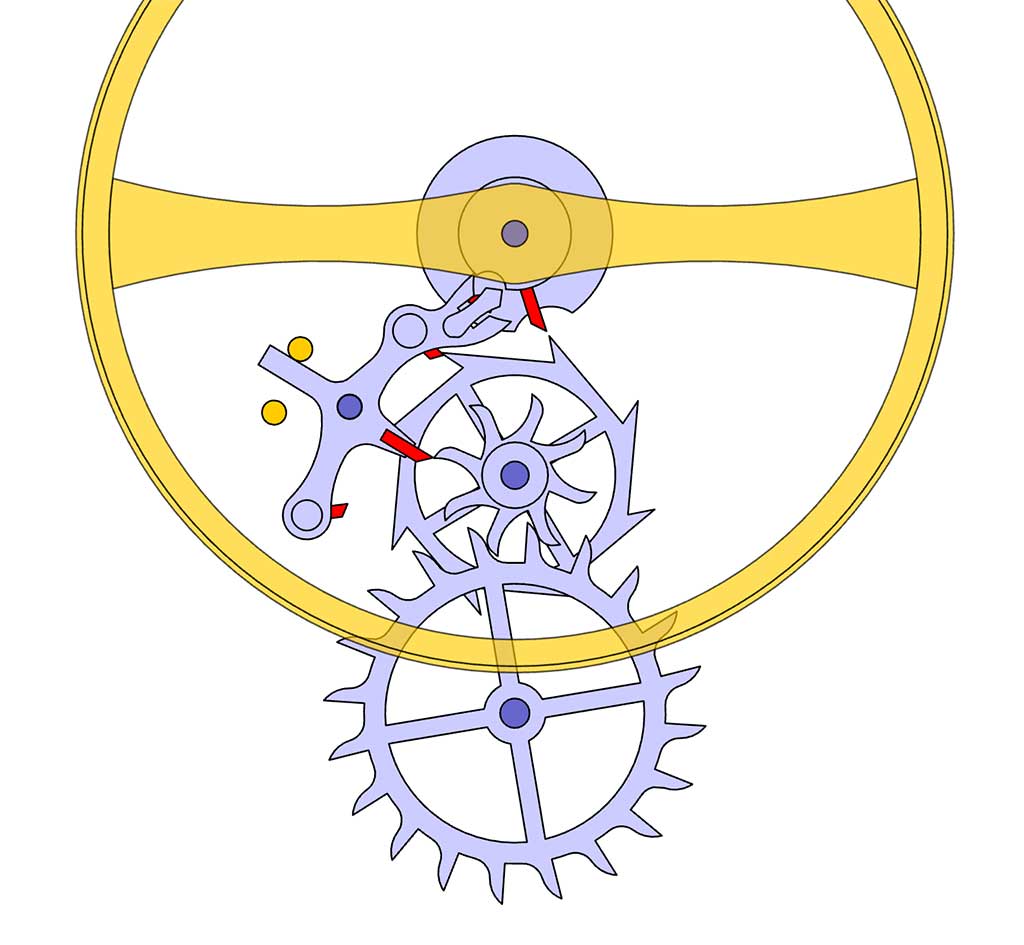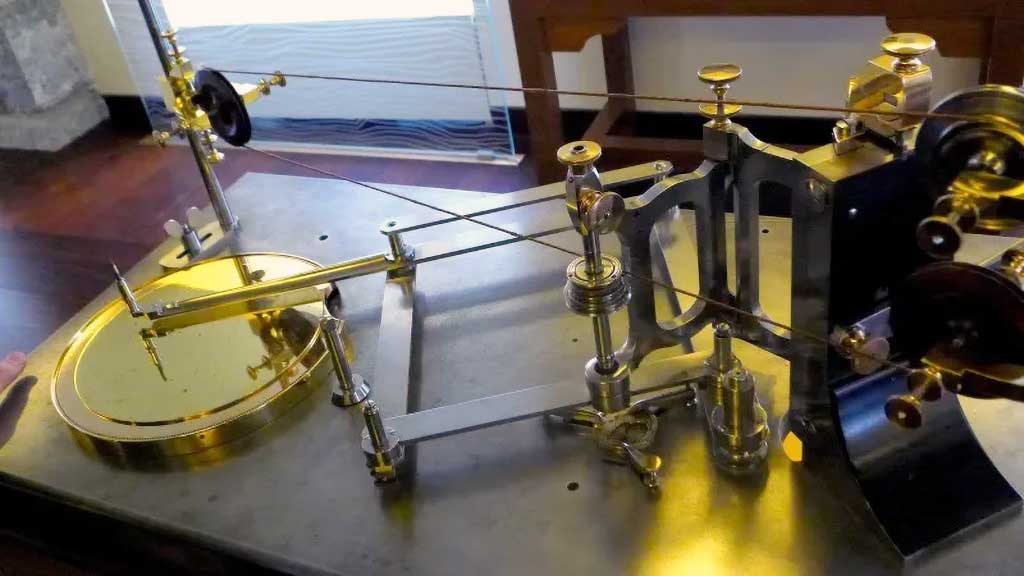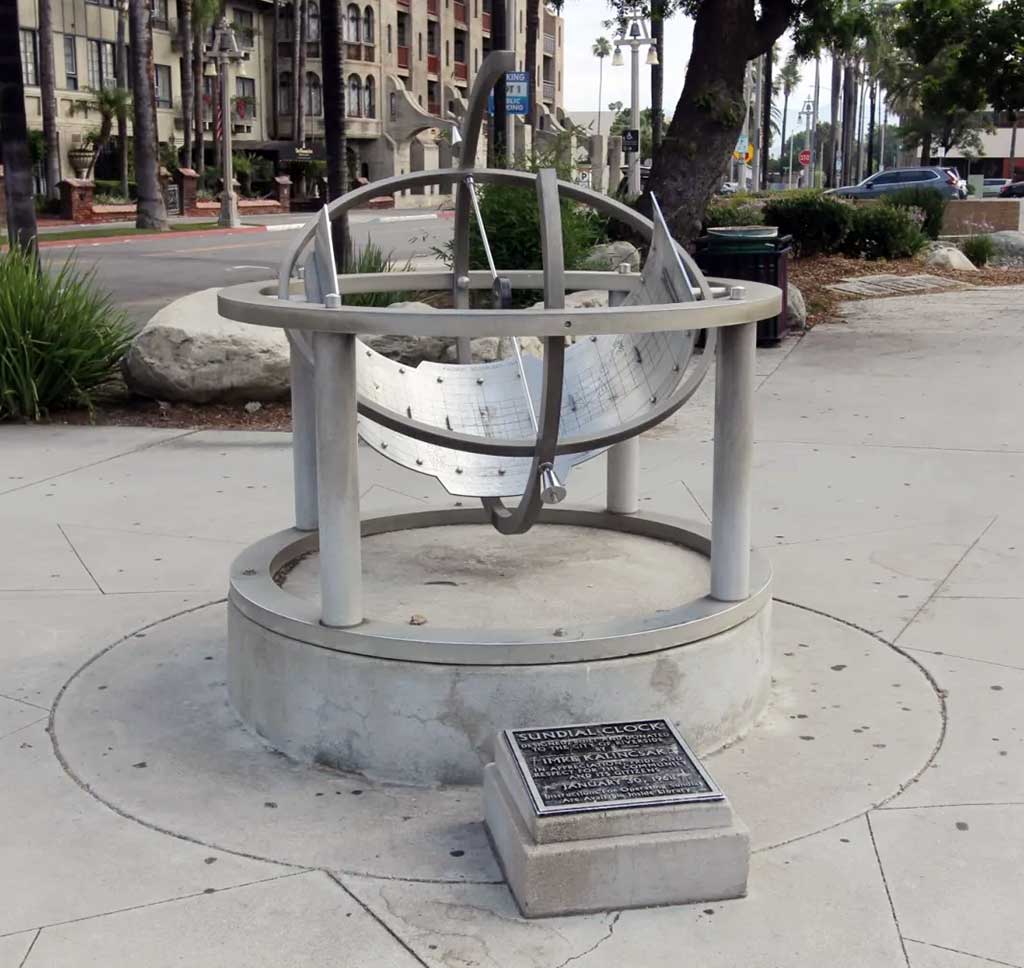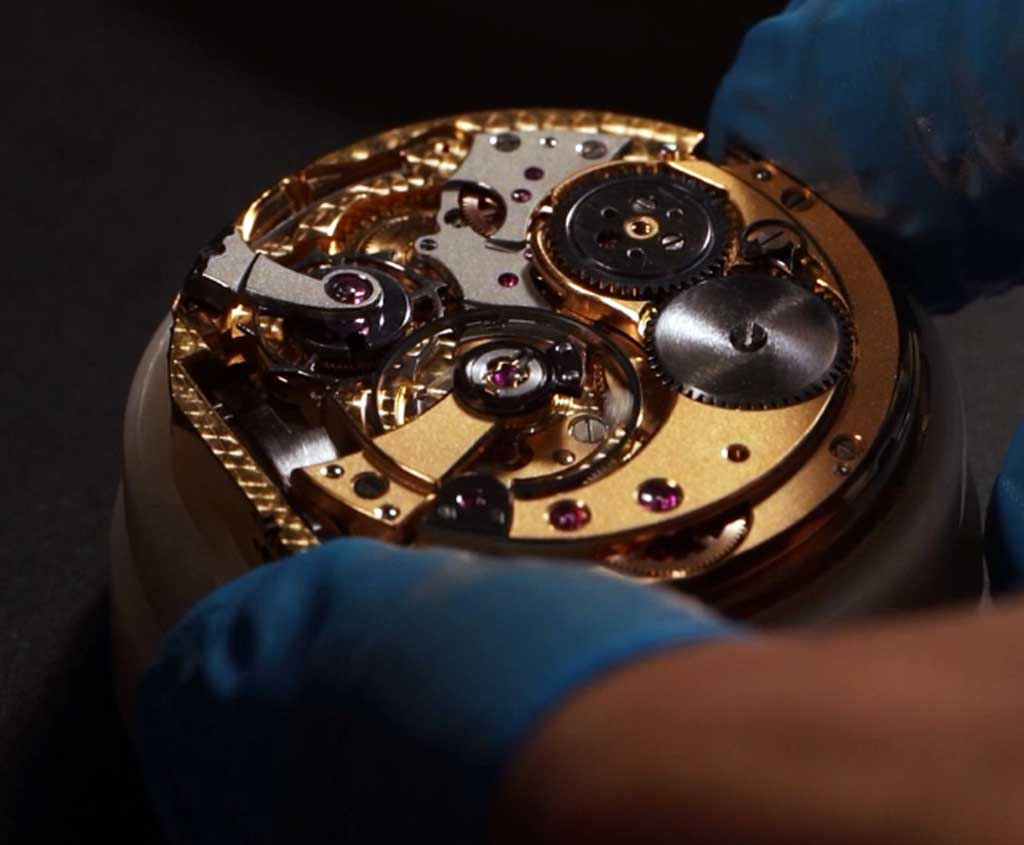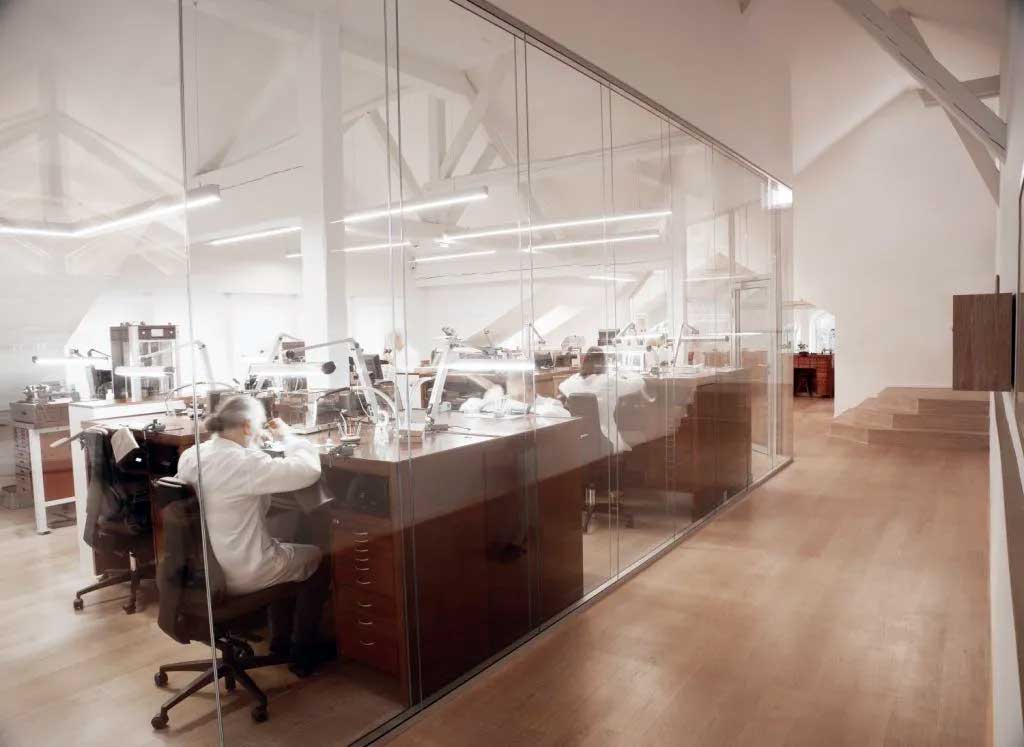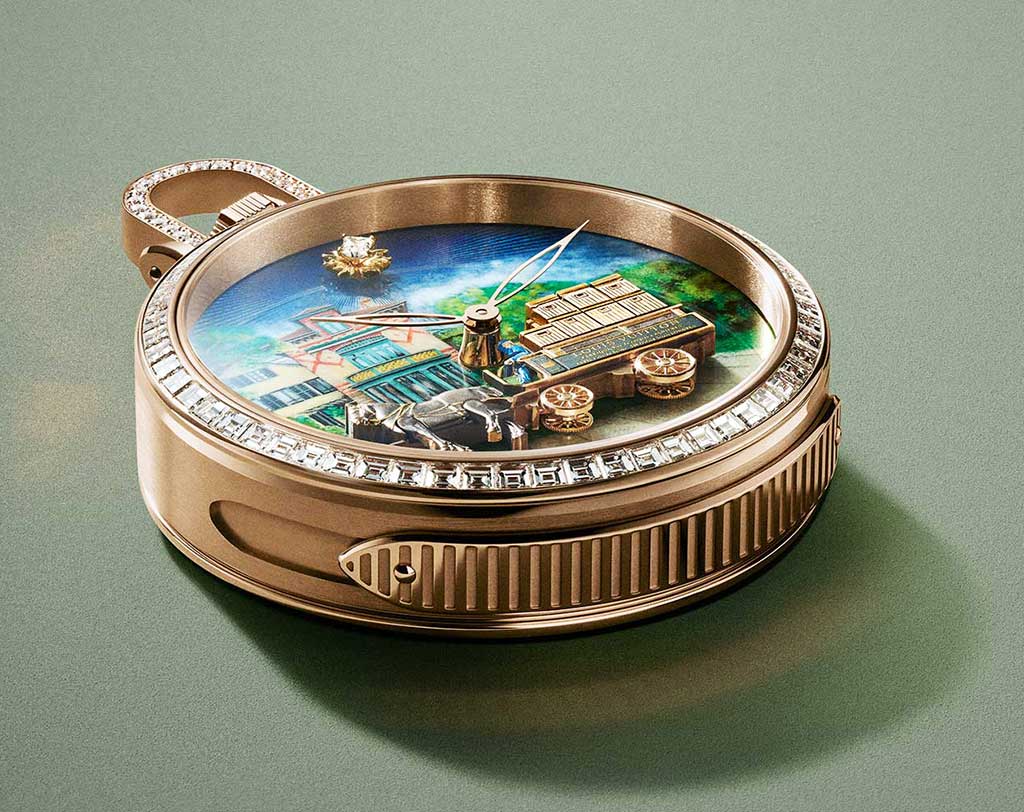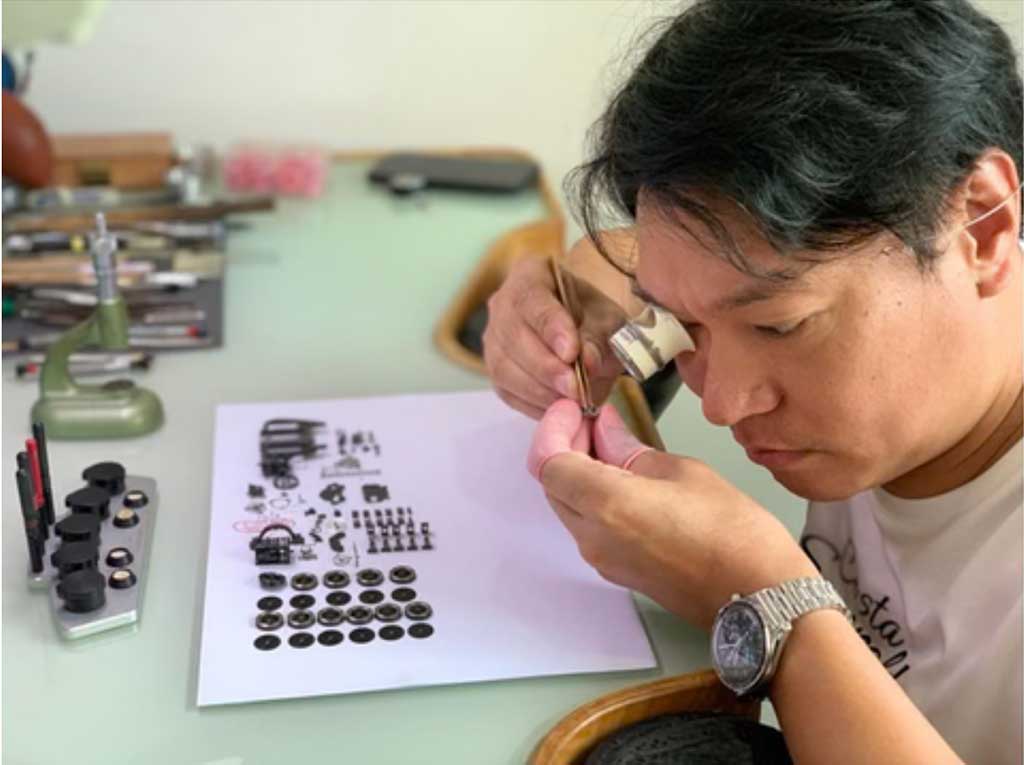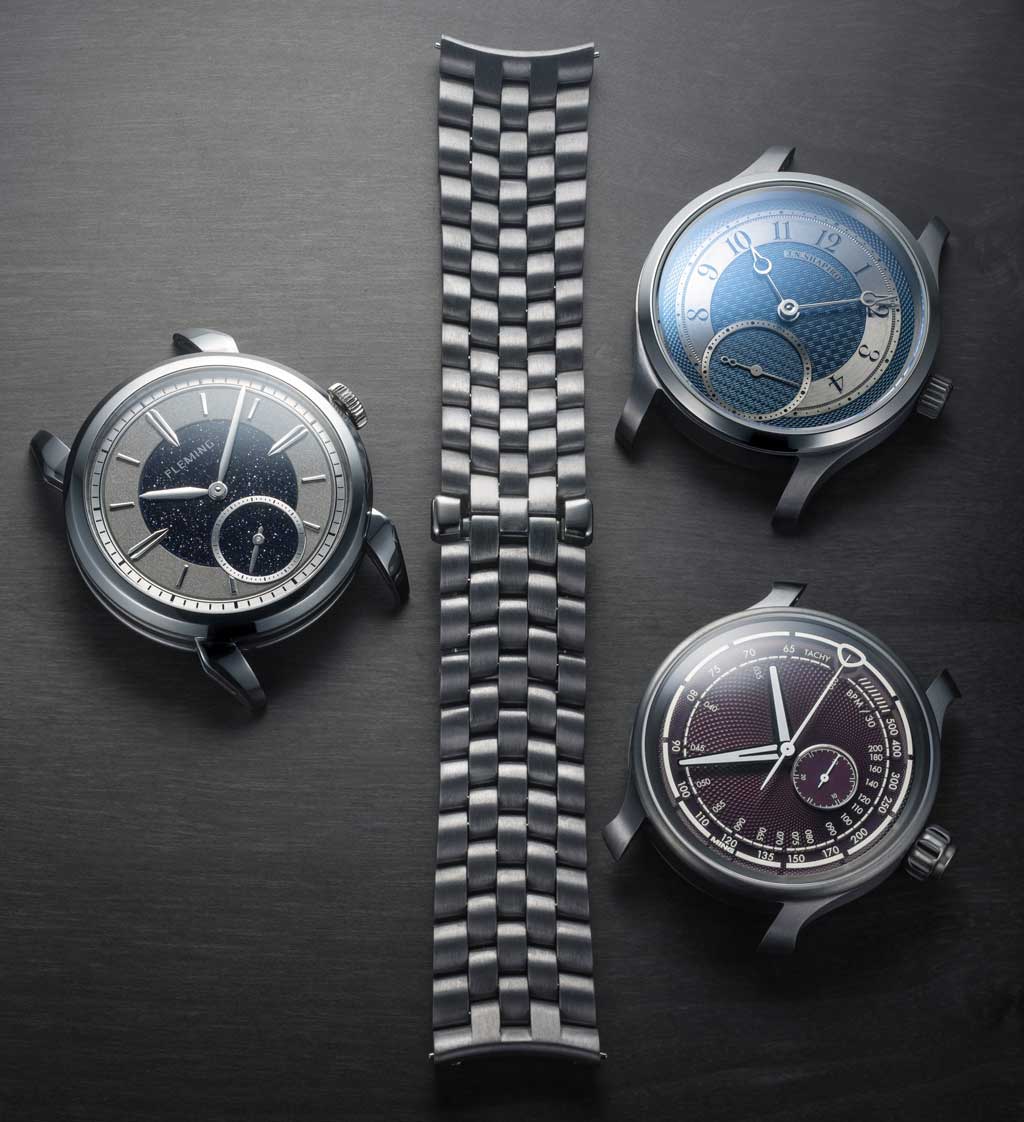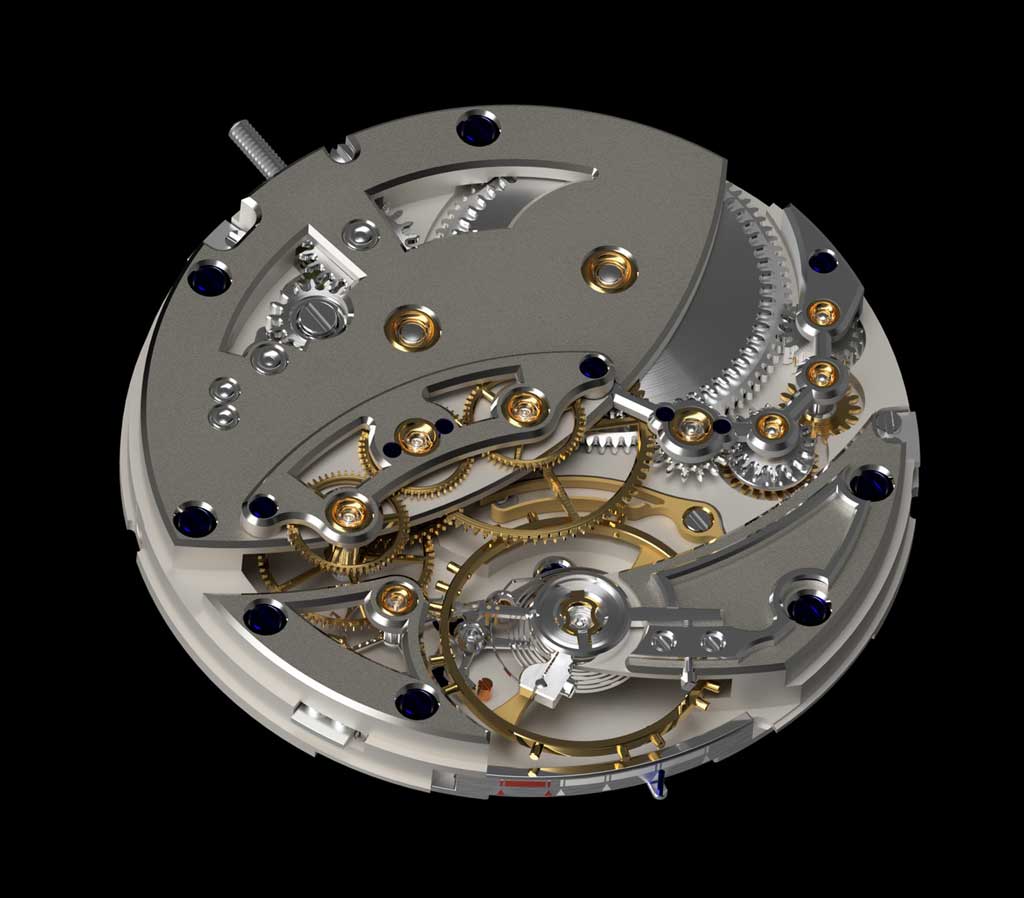
Einser Zentralsekunde
Leveraging a network of specialists, former A. Lange & Söhne watchmakers, Johannes Kallinich and Thibault Claeys, have pulled off an impressive feat turning this watch from concept to reality in under three years.
That speed comes at a cost, though. The movement itself is excessively complicated with little to show in the way of complications. The unnecessary complexity, in turn, having resulted in the addition of even more components and complexity to solve problems that could have been eliminated earlier in the watch's inception, during the design of the movement architecture. By subtracting components and the associated manufacturing costs, the duo could have added significantly more value to this otherwise formidable debut piece.
